TECH TUESDAY: The RB16 upgrades allowing Red Bull to close the gap to Mercedes


In this week's Tech Tuesday, Mark Hughes explores the upgrades to the Red Bull RB16 that are allowing the team to get closer to the pace of frontrunners Mercedes...
As Mercedes has switched off development of its W11 to concentrate on next year’s car, Red Bull has continued to develop its RB16 and as a result, the performance gap between them is narrowing. Two of the last three races saw the Red Bull closer to Merc’s pole than ever before and at the Nurburgring last time out the gap was down to 0.2%.
READ MORE: Why Red Bull’s Nurburgring performance bodes well for the rest of the season
This is a reflection of the steady flow of development parts fitted to the car in the last three events. Since the start of the season both Max Verstappen and Alex Albon have complained of an inconsistency in rear grip. It’s an aerodynamically complex car and there has clearly been some difficulty in getting everything working together.
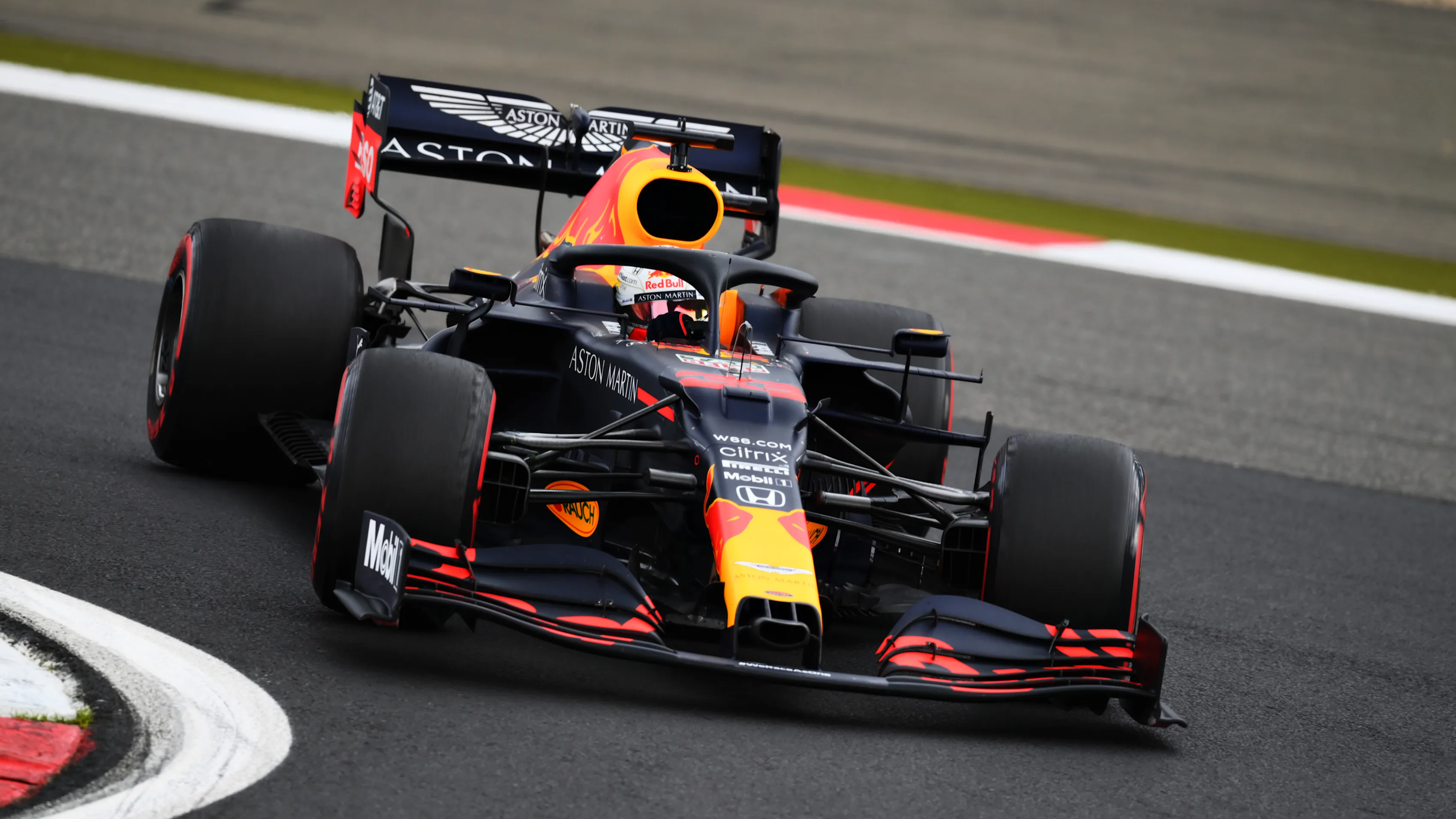
At the Nurburgring, Verstappen felt that a breakthrough had been made in, “joining up the two ends of the car.”
He took some encouragement from the fact that his limiting factor in Nurburgring qualifying was understeer, suggesting that the latest developments had been effective in taming the rear and that without the cancellation of the Friday practice sessions there, the understeer could have been tuned out to give him the balance he has been seeking all season.
READ MORE: 'We're getting closer to Mercedes,' says Verstappen
Rear suspension changes
Some parts of the aerodynamic upgrades brought to the Eifel Grand Prix are not readily visible, suggesting they might be in the under-nose area. But one part that was quite visible was a new rear suspension detail.
The hub extension for the upper wishbone has been heightened further, creating a bigger space between the upper and lower parts of the suspension for aerodynamic exploitation.
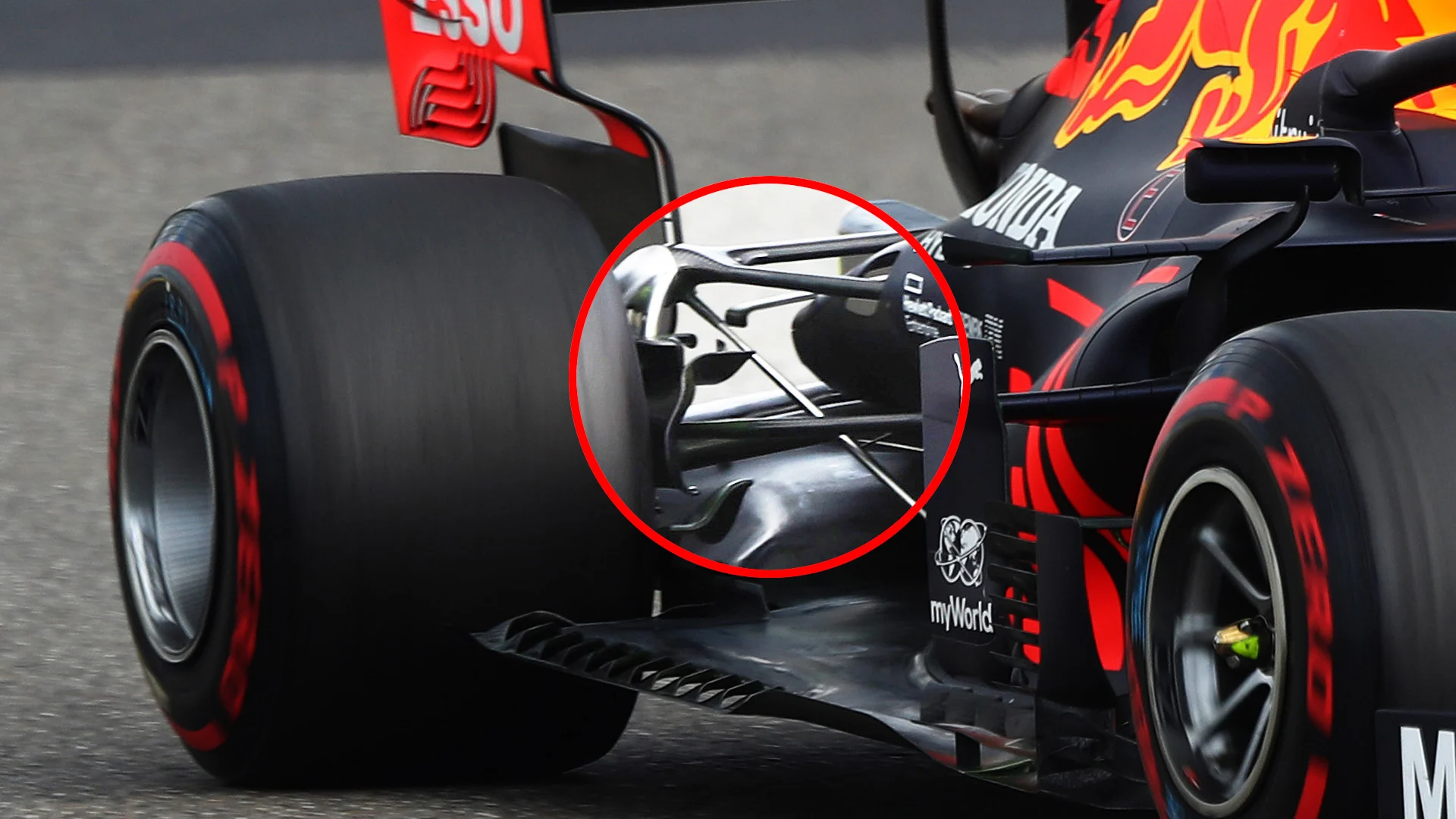
The plan had been to back-to-back this new aero package with the old on the Friday practice. But with all Friday running abandoned because of the weather, Red Bull committed both cars to the upgrade for the rest of the weekend.
These changes followed on from a new floor introduced two races earlier in Mugello, where the combination of longitudinal and lateral slats was replaced by a full array of lateral slats, as seen in the technical drawing below.
Previously, the longitudinal slats induced vortices beneath them which helped seal the floor, to increase the pressure difference between the underfloor and the atmospheric pressure above it, thereby increasing downforce. The lateral slats ahead of the tyre were there to release the excessive pressure created by the rotating tyre which would otherwise spoil the flow being fed to and around the diffuser.
It would appear from this wholesale change to lateral slots that a way has been found to use them to perform both functions – which are intimately connected anyway – in a more efficient way.
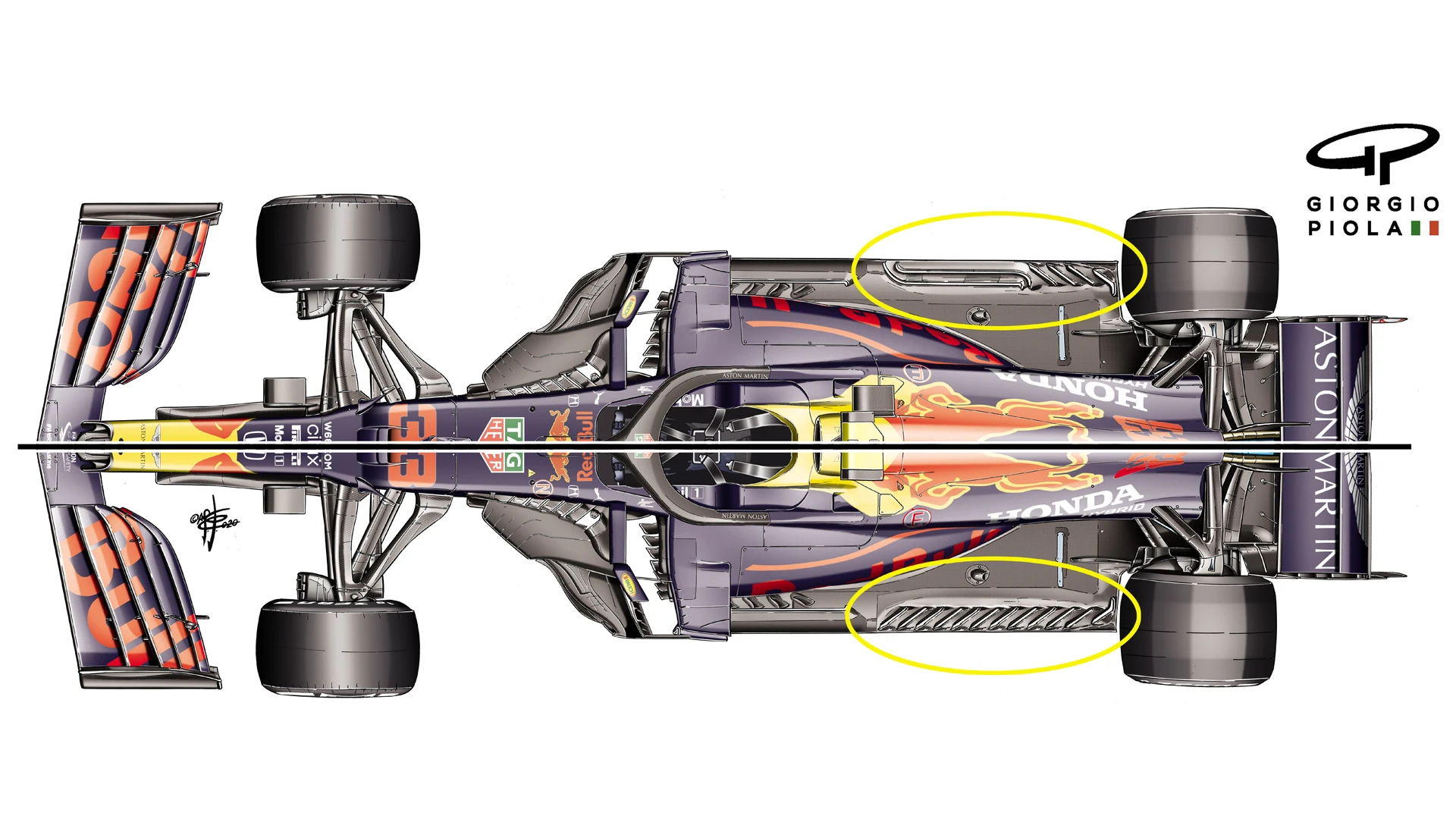
If the sealing and pressure-releasing functions can be done without creating as much upper body drag, then the speed of airflow along the body sides will increase – quite feasibly necessitating a greater volume of space between the suspension arms in order to meet the revised trade-off between air volume and speed of flow.
The primary objective is to feed the underfloor with a faster-moving, less disrupted airflow. The combination of the new floor with the higher hub extension on the rear suspension will have all been to better meet this objective.
Having more space between the suspension arms will have enabled a greater volume of air to pass between the inner face of the rear tyre and the diffuser – and this has a direct impact on how hard the diffuser pulls on the underfloor airflow. The faster it flows, the more downforce is created.
READ MORE: What did we learn from the Eifel GP about ‘phase two’ of Ferrari’s upgrade package?
Front wing tweaks
Photographed for the first time at the Nurburgring – and seen in the illustrations below – but understood to have been on the car all season, are the unique front wing endplate orifices.
These are possibly an aid to better energise the outer edge of the wing’s flaps and to enhance the airflow’s outwash around the front tyre. An orifice on the underside of the leading edge of the footplate can be seen, as can be two tiny holes on the trailing edge of the endplate just ahead of the tyre.
Given the relative size of the holes (big at the base of the endplate, small further back) it may even be possible that the pressure differences would cause the air to be extracted from in front of the tyre, possibly to reduce airflow separation.
Getting the whole flow of the car working optimally throughout its full range of ride heights, rake angles, steering angles and yaw is an incredibly complex equation and it has taken Red Bull this long to make significant progress with it.
More Tech Tuesdays
A close look at the ‘experimental’ new nose McLaren tested at Mugello
F1’s latest race-winning car is AlphaTauri's AT01 – but how similar is it to the 2019 Red Bull?
A look at the W11 upgrades that show how hard Mercedes are pushing to stay ahead
What does the 2021 aero rules change mean for the cars – and which teams will it hurt most?
The Mugello updates that show Racing Point's RP20 is moving away from its Mercedes W10 inspiration
Next Up
Related Articles
 End Of Year Reports 2025Red Bull’s best and worst moments from 2025
End Of Year Reports 2025Red Bull’s best and worst moments from 2025.webp) End Of Year Reports 2025Kick Sauber’s best and worst moments from 2025
End Of Year Reports 2025Kick Sauber’s best and worst moments from 2025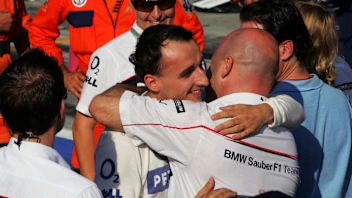 Sauber’s best moments and most memorable liveries in F1
Sauber’s best moments and most memorable liveries in F1 ExclusiveWhy Gasly feels ‘ready for my time’ in F1
ExclusiveWhy Gasly feels ‘ready for my time’ in F1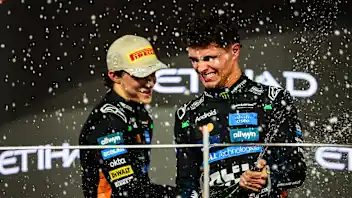 The key moments of an unforgettable 2025 season
The key moments of an unforgettable 2025 season Norris praises support from Hamilton, Vettel and more
Norris praises support from Hamilton, Vettel and more